What’s the word for…?
14 everyday things that you probably didn't know the name of
Published on July 11, 2025
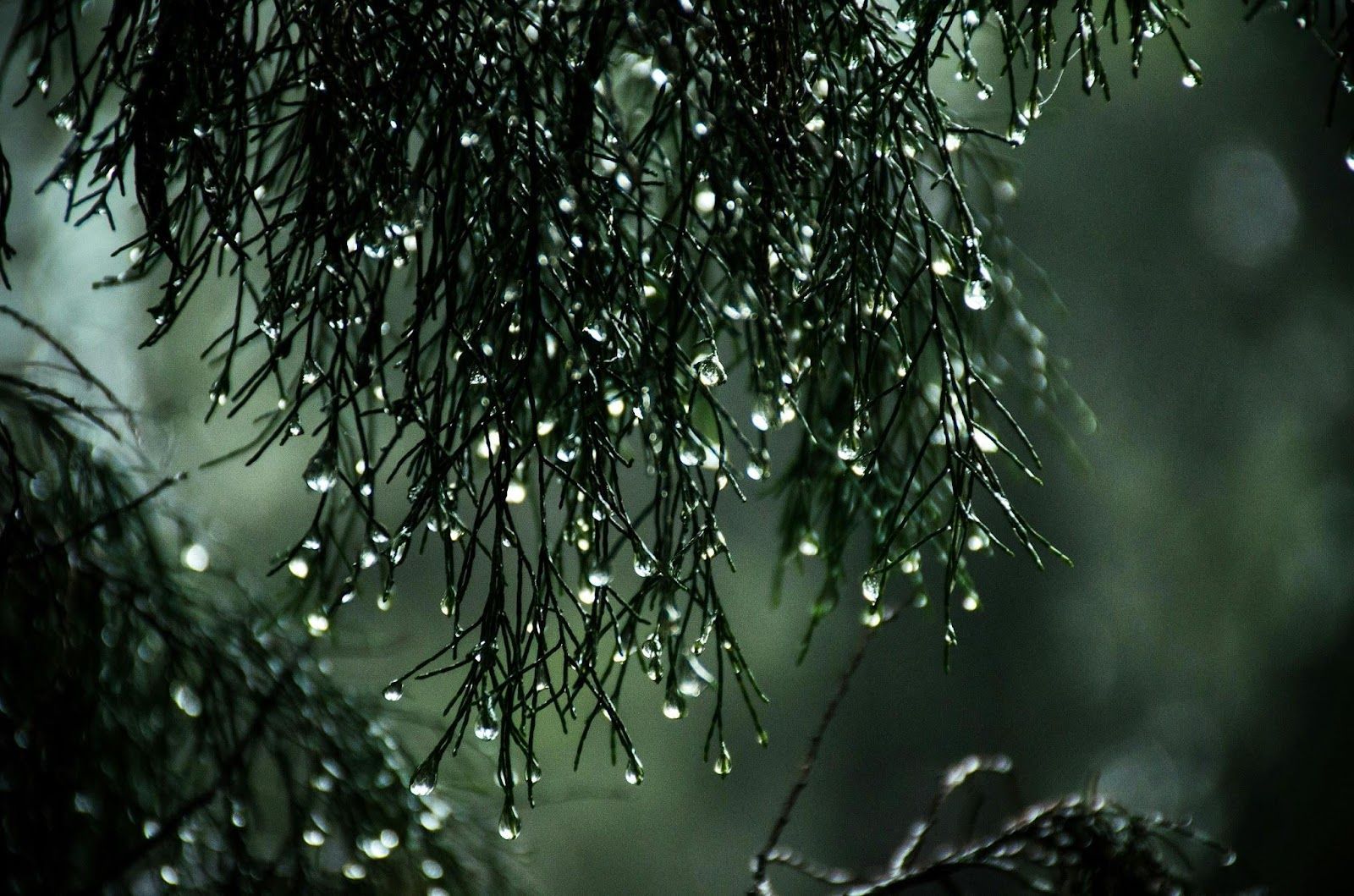 Credit: Sitthan Kutty
Credit: Sitthan Kutty
Have you ever found yourself pointing at something mid-conversation because you couldn’t name it? Or have you caught yourself calling it "thingy"? You wouldn’t be the first. Some very specific nouns exist that few people are familiar with, so they are seldom used. Read the full list and see how many of them you were already using correctly!
Phosphenes
 Credit: Thea May Villas
Credit: Thea May Villas
Have you ever closed your eyes and noticed strange figments of light dancing before them? Possibly, we all have! They are "phosphenes". These visual sensations happen when pressure stimulates the retina, even in the absence of light.
Aglet
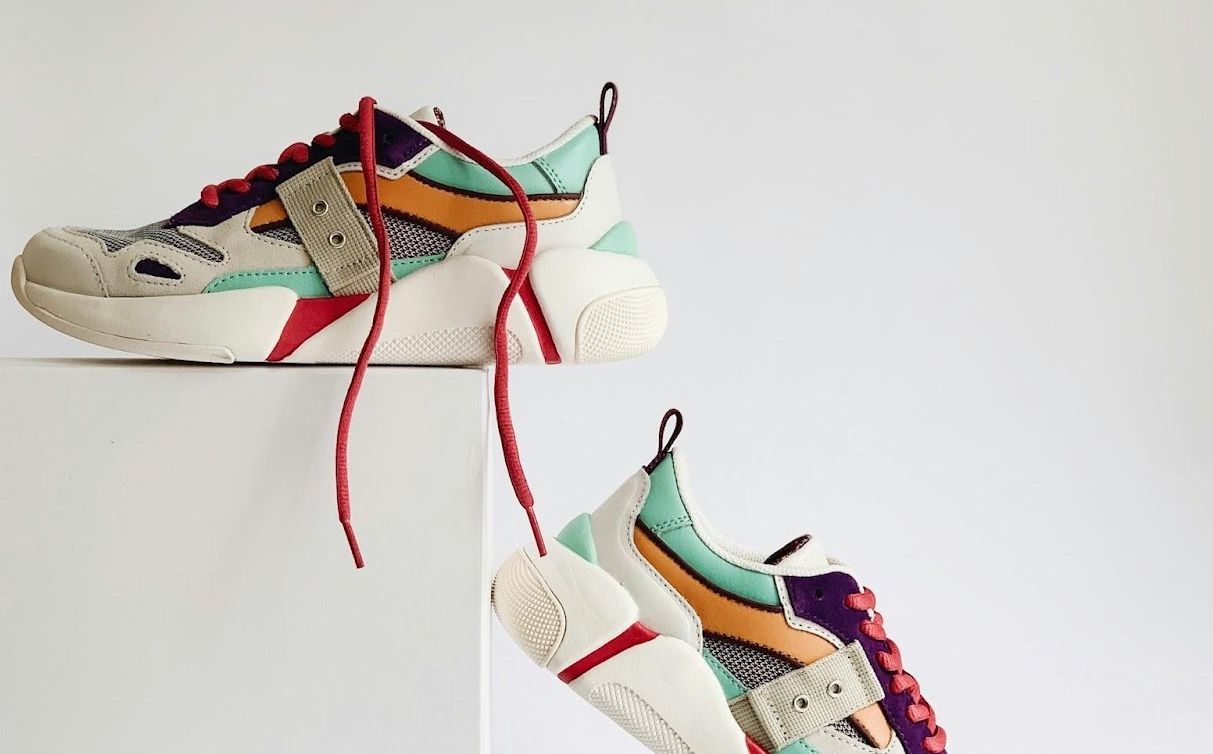 Credit: Irene Kredenets
Credit: Irene Kredenets
The aglet is that little plastic or metal tip at the end of your shoelace. Its only job is to stop the lace from fraying and to help it slide easily through the eyelets. Its name derives from Old French, when aguilette meant "needle" or "pin."
Tines
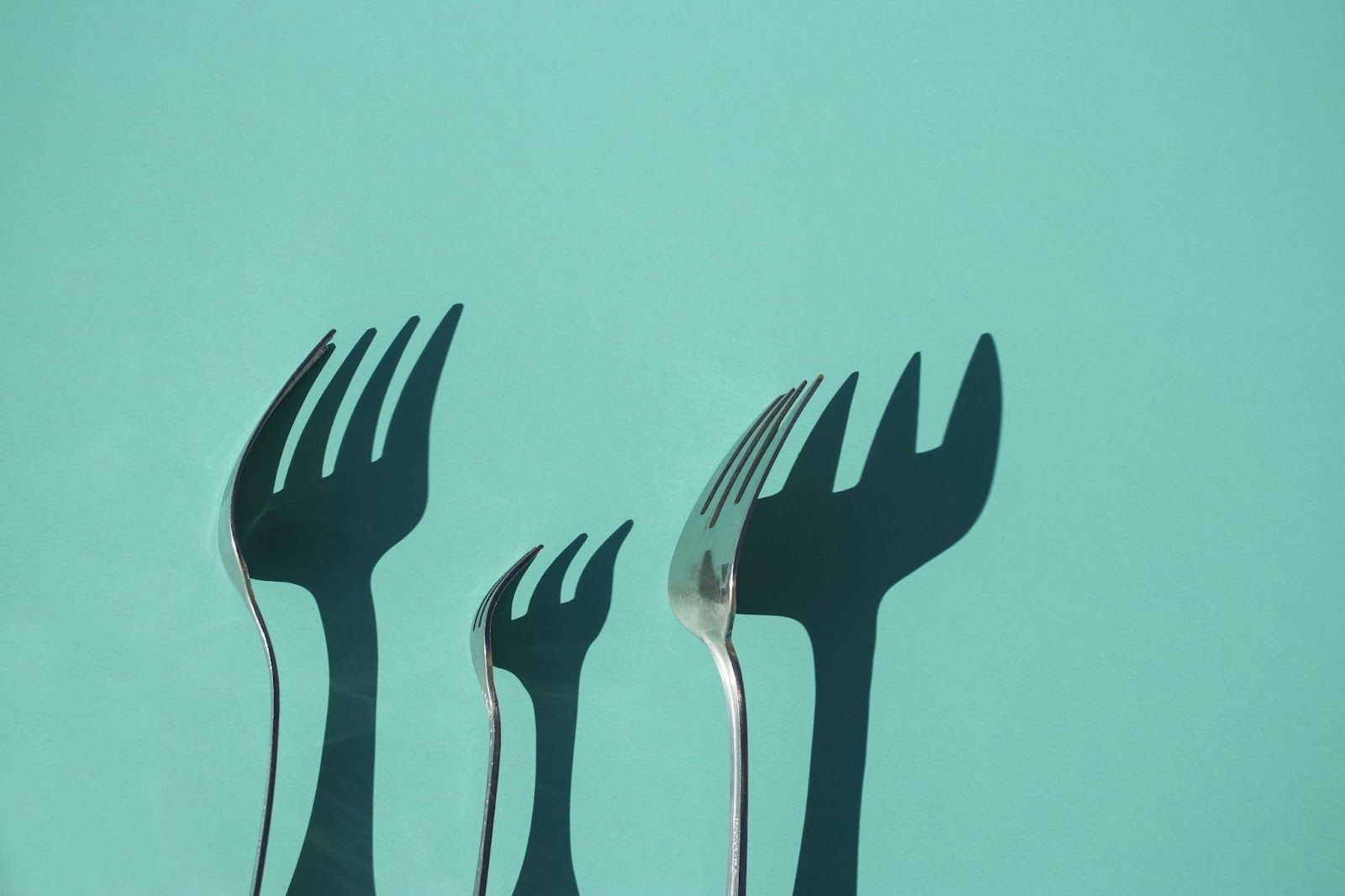 Credit: Ursula Gamez
Credit: Ursula Gamez
How many parts of a fork can you name? There’s the handle, of course, and then the forking, spiked end. Those "prongs" have a correct name: tines.
Glabella
 Credit: Andriyko Podilnyk
Credit: Andriyko Podilnyk
You know that smooth patch of skin between your eyebrows, where worry lines eventually meet? That’s your glabella. It’s the name of the underlying bone. It derives from the Latin glaber, which means "smooth" or "hairless."
Minimus
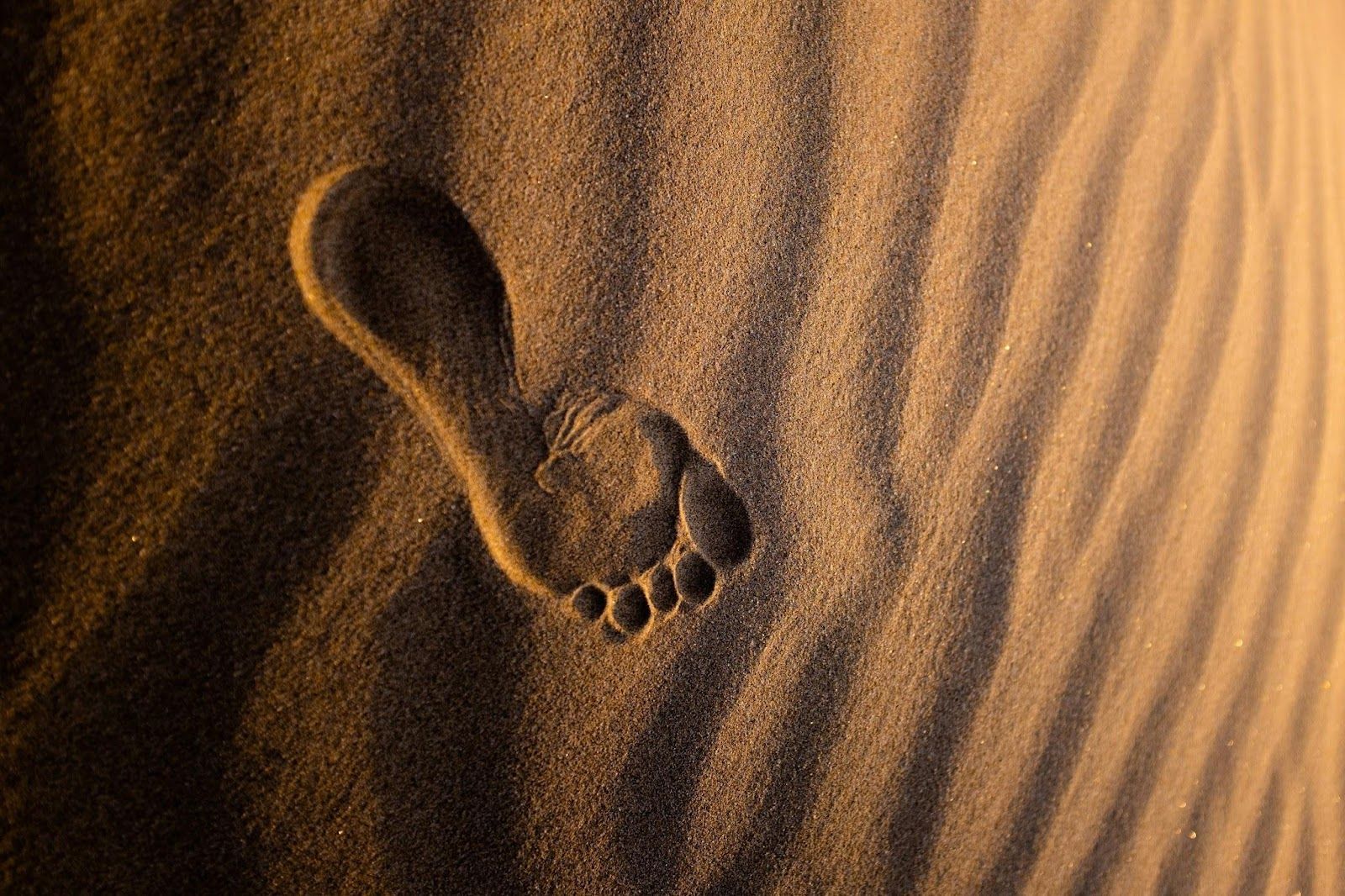 Credit: Jeremy Bishop
Credit: Jeremy Bishop
"Pinky" might work, but there is actually a correct term for it: The smallest finger, a.k.a the fifth digit, is called "minimus," its proper Latin name.
Agraffe
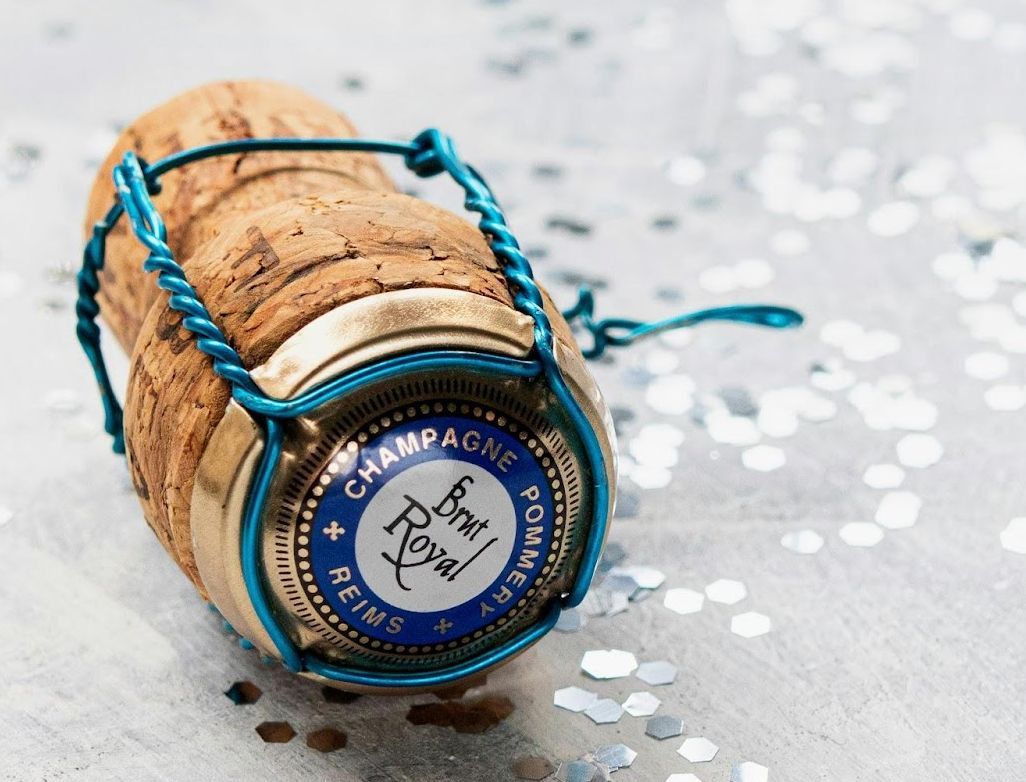 Credit: Danielle Suijkerbuijk
Credit: Danielle Suijkerbuijk
Before you pop open a bottle of champagne, you’ll need to deal with the agraffe—that little wire cage around the cork. Its job is to keep the cork in place despite the bubbling pressure inside the bottle. Another name for it is "muselet."
Purlicue
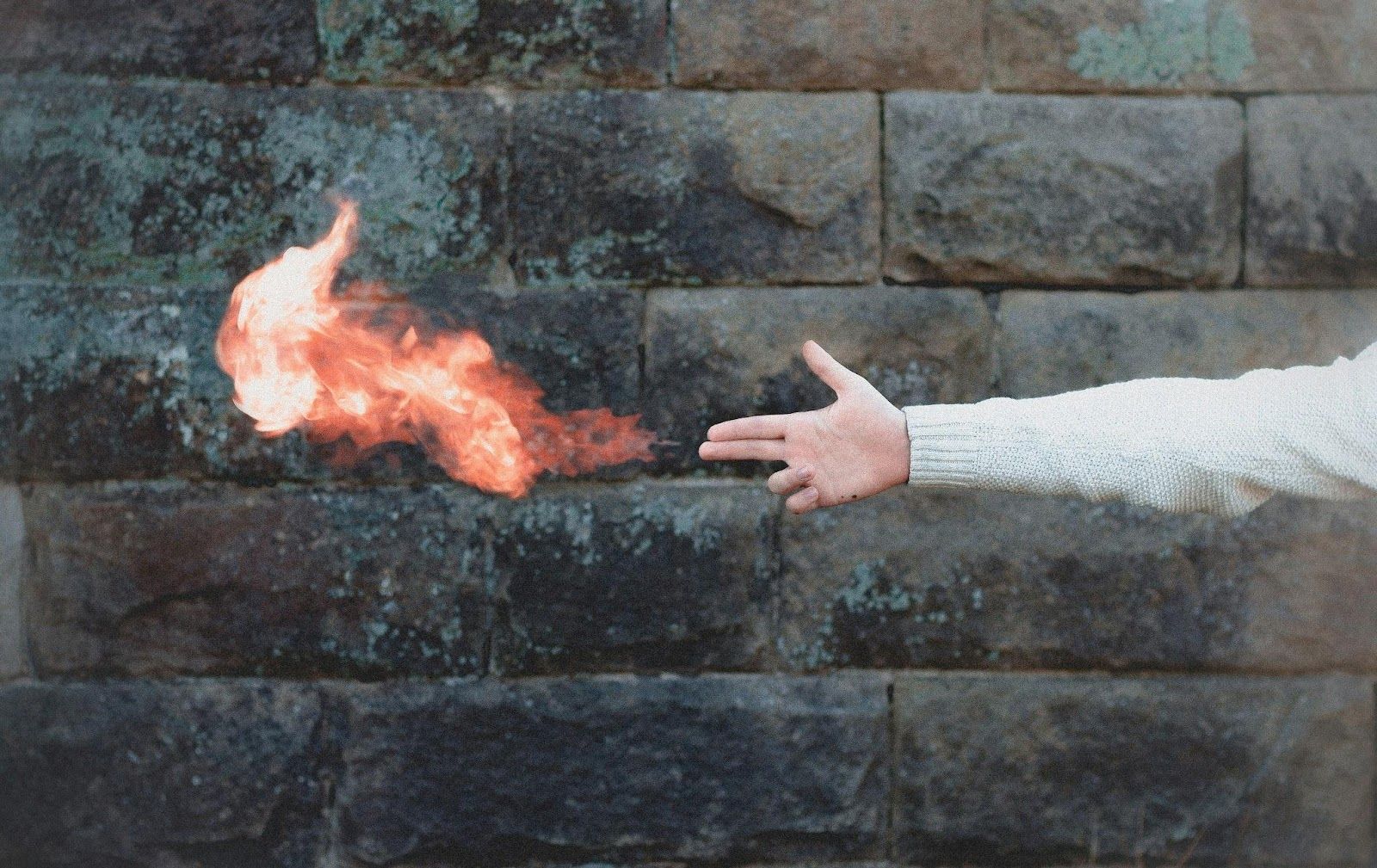 Credit: Tom Morbey
Credit: Tom Morbey
It sounds like some fictional character, but purlicue is the name for the space between your thumb and forefinger. When you're holding a pen, gripping a mug, or giving a thumbs-up, your purlicue is doing the support work.
Lunule
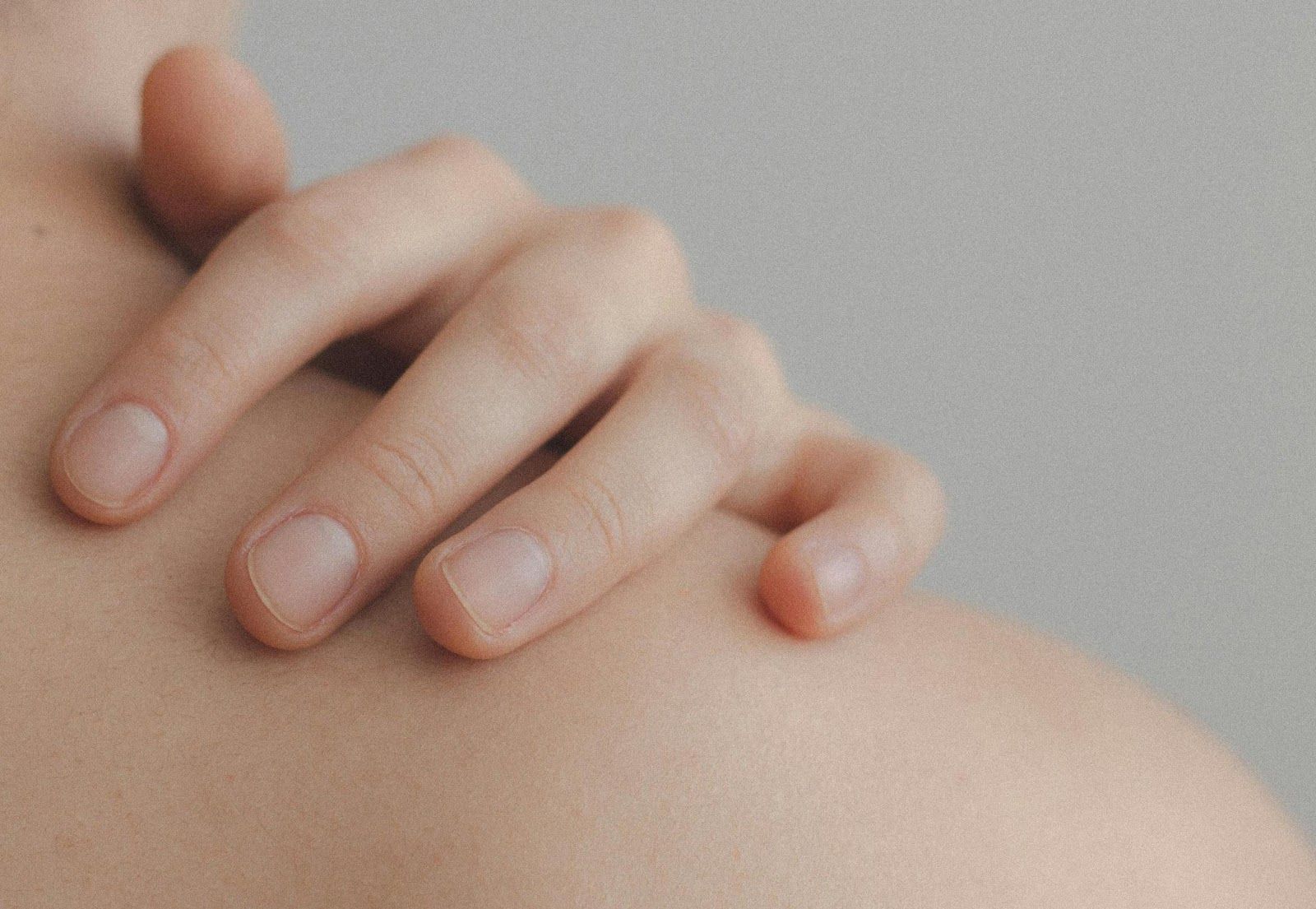 Credit: Ximena Mora
Credit: Ximena Mora
Look closely at your fingernails and you might spot a small, pale crescent shape near the base. That’s the lunule, which comes from the Latin for "little moon." It’s most visible on the thumbs and plays a role in nail growth.
Petrichor
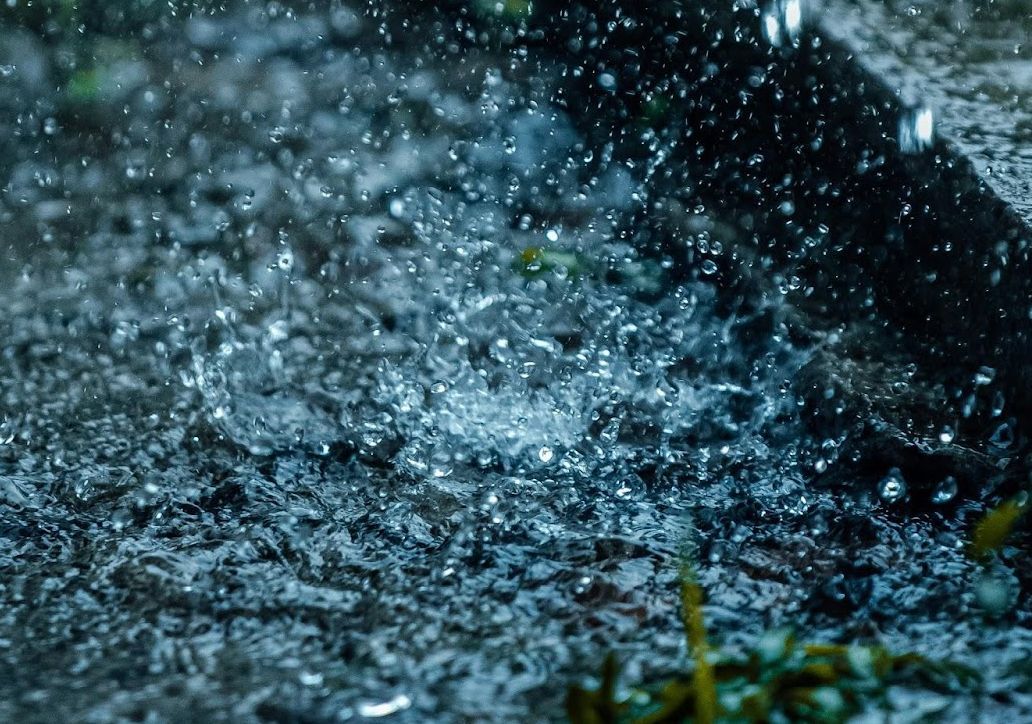 Credit: frame harirak
Credit: frame harirak
You know that earthy, comforting smell after a fresh rain. Science has proved there is a particular scent generated when rain hits dry soil. It comes from plant oils, bacteria, and a compound called geosmin.
Peen
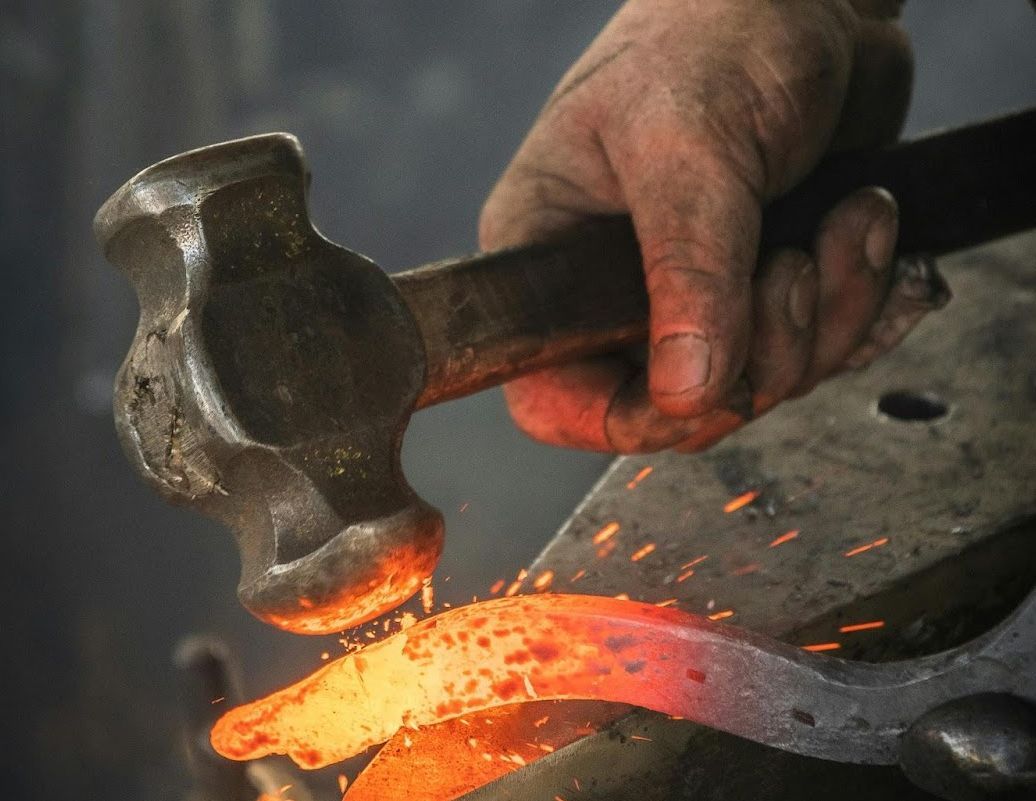 Credit: j.mt_photography
Credit: j.mt_photography
The peen is the rounded or wedge-shaped part on the opposite side of a hammer’s face. It's used for shaping metal or riveting, depending on the hammer type.
Barm
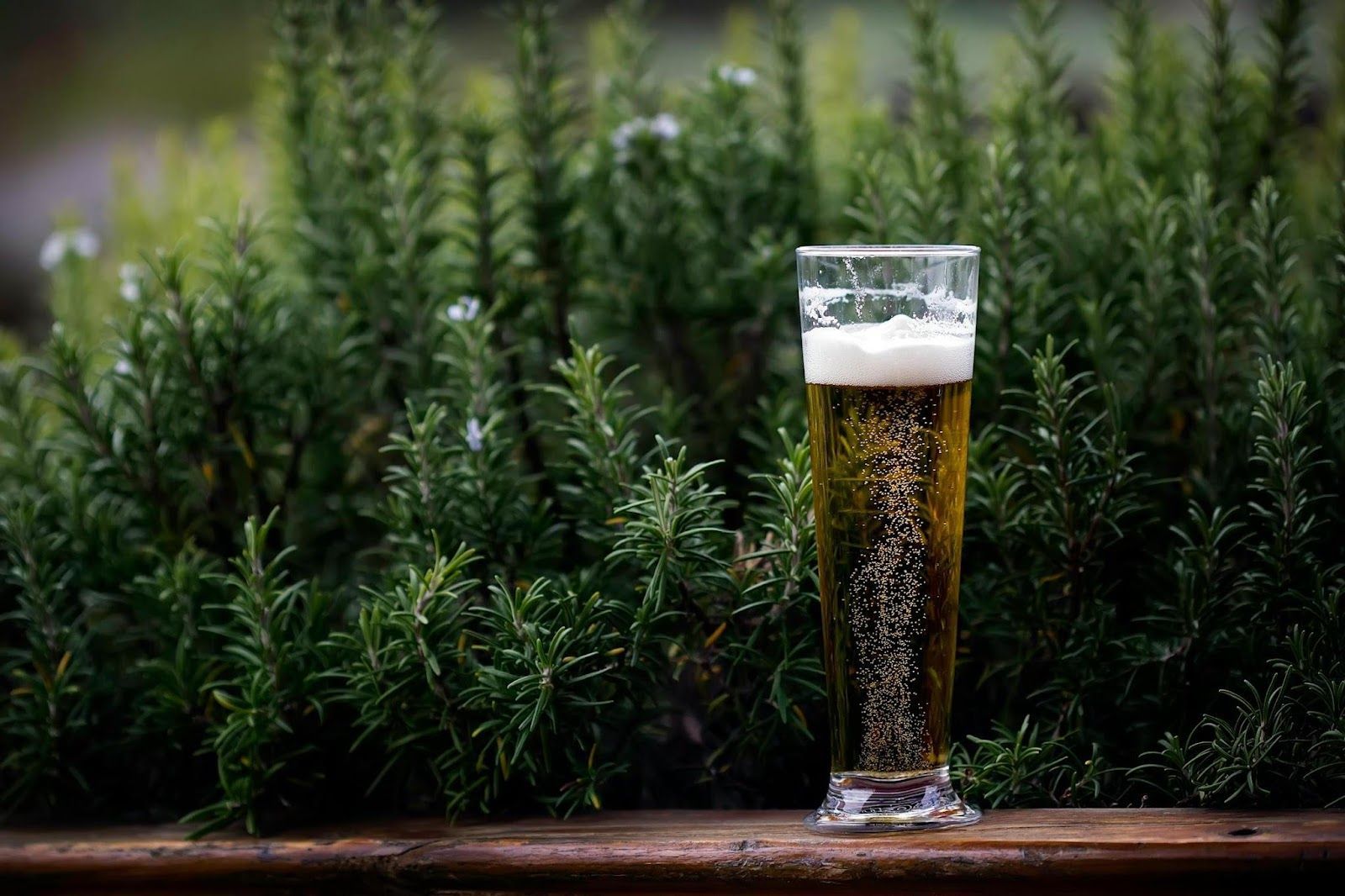 Credit: Michelle Riach
Credit: Michelle Riach
Some people like the foam on top of a beer, some consider it just an aesthetic obstacle. That foamy top has a name, though: barm. In ye olden times, this froth was used as a fermenting agent in baking.
Ferrule
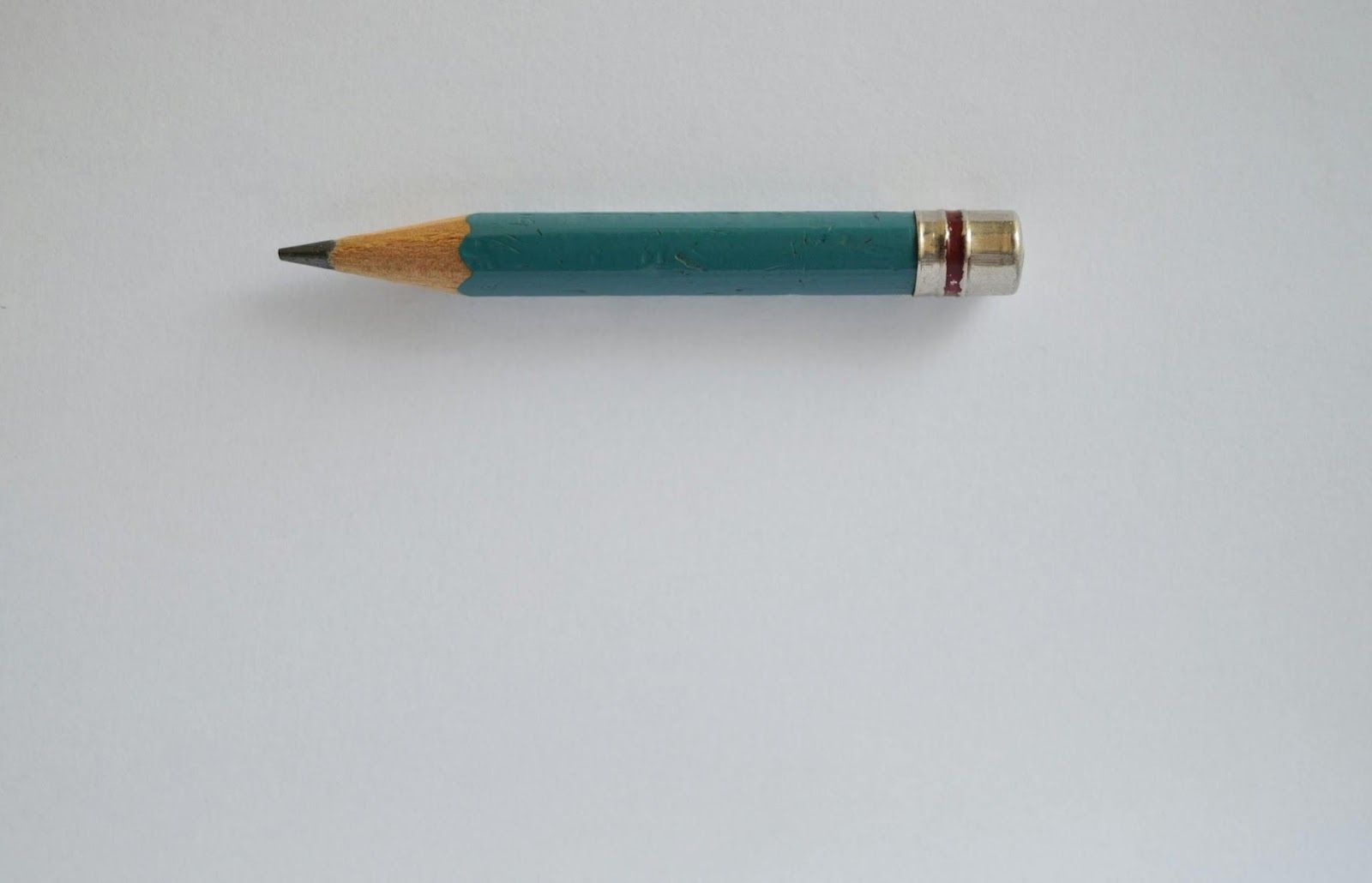 Credit: Miguel Á. Padriñán
Credit: Miguel Á. Padriñán
You would probably refer to the whole end-tip of a pencil as the "eraser," but that would mean ignoring the ferrule. That’s the name for the metal ring holding the eraser in place. Pencils didn’t always include that commodity: the brilliant idea of pencil-and-eraser combined began being sold in the 1900s.
Zarf
 Credit: Kelly Sikkema
Credit: Kelly Sikkema
That little cardboard sleeve around your hot coffee cup has a name: zarf. Originally, zarfs were ornate metal holders for coffee cups in the Middle East. Today’s version is a little less glamorous but no less essential for saving fingers on the go.
Tent
 Credit: fauxels
Credit: fauxels
The tiny tripod inside your pizza box is often called a "pizza saver," but another word for it is "tent." It’s there to stop the lid from squashing the toppings underneath, especially when you stack the pizza boxes together.










